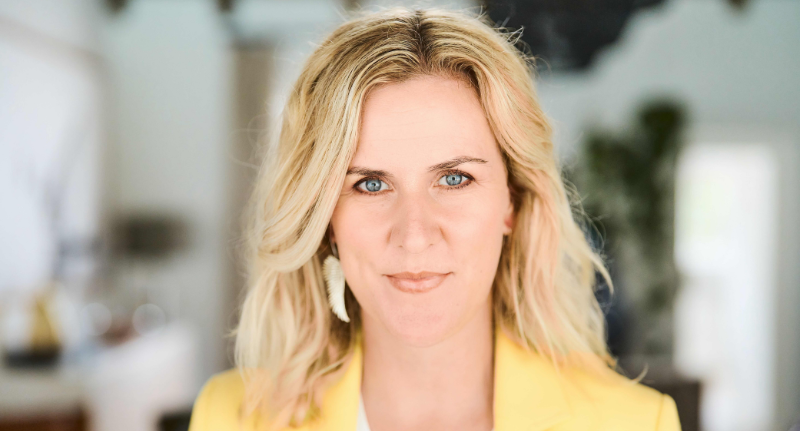Marketers across Australia and New Zealand are pouring millions into below-the-line (BTL) activity each year, but most remain largely in the dark about its effectiveness, according to the inaugural Activation Effectiveness Barometer from Curious Nation.
Just 2% of senior marketers are very confident in measuring return on BTL marketing investment and only 5% feel the same about measuring brand impact.
However, despite low measurement confidence, they remain bullish about BTL’s role in the overall marketing mix, with 60% expecting budgets to remain steady and 28% reporting spending increases in 2026.
“The hardest part about proving the value of BTL activations? It’s connecting the dots between someone experiencing our brand and them actually buying it.” one senior marketer said.
“Tracking the basics isn’t the problem. We can see who showed up, how engaged they were, what they posted on social. That part’s straightforward. The real challenge is this: Can I prove that the person who attended our experiential event in January is the same person who bought in March? Right now, I can’t.”
Launched by Curious Nation in partnership with independent research platform Ideally, the Activation Effectiveness Barometer is the first benchmark study of senior marketers exploring how activations from experiential and retail media to sponsorships and sampling are measured, valued, and prioritised across Australasia.
“For too long, activation has been undervalued because it hasn’t spoken the same measurement language as other parts of the marketing mix,” said Curious Nation co-founder and managing director Meredith Cranmer.
“The Activation Effectiveness Barometer is about changing that narrative, and for the first time in Australia and New Zealand we now have a clearer view of the pressure points marketers face in BTL activation and measurement. The good news is that solutions to many of the issues highlighted are available, but a knowledge gap means they are not understood.”
Experiential leads investment but lags on proof
More than half of marketers (55%) say experiential activations including pop-ups, events and immersive brand experiences are among their most invested-in BTL levers, with 22% saying they are one of the strongest drivers of brand impact, second only to sponsorship at 23%.
But despite the popularity of experiential activations, almost a third of marketers identified them as their primary measurement challenge.
“Experience is the heartbeat of activation, it’s how people feel a brand, but too often measurement comes after the fact,” Cranmer said.
“We need to design proof into the experience itself so that emotion and evidence move together.”
The explosive growth in retail media continues to dominate BTL investment.
Three quarters of marketers allocate the most budget to retail and in-store activations, followed by digital and social amplification (64%) and events and experiential (55%).
However, sponsorship and experiential are viewed as stronger for brand impact than direct ROI.
AI expected to close measurement gaps
When it comes to AI, the Barometer found 68% of marketers expect AI to improve measurement and reporting, while 59% believe it will reshape creative processes.
Respondents see AI as key to driving speed, consistency, and depth in how activations are planned and evaluated, from smarter data modelling and sentiment analysis to adaptive campaign optimisation.
The top three areas set for investment growth in 2026 are experiential (43%), retail media (41%), and digital and social amplification (39%).
“The Barometer isn’t about finding a silver bullet, but about creating a shared language of effectiveness, one that recognises the value of creativity and the importance of accountability,” Cranmer said.
“Our mission is to help marketers move from measurement chaos to confident clarity, one activation at a time.”
Conducted in September, The Activation Effectiveness Barometer saw 87 respondents complete the quantitative and qualitative online survey, with 80% holding CMO, senior marketing and director level roles for major brands across categories.
The Activation Effectiveness Barometer will be released annually to track how BTL marketing evolves across Australasia, providing marketers with a clearer framework to benchmark performance, strengthen accountability, and elevate the strategic role of activation within the wider marketing mix.
George Robertson, strategic agency partner at Ideally, said experience should come with evidence by design.
“Our partnership with Curious Nation moves the industry from post-hoc reporting to built-in proof, so brands can plan, test and prove activation impact with the same confidence they would bring to media,” he said.

